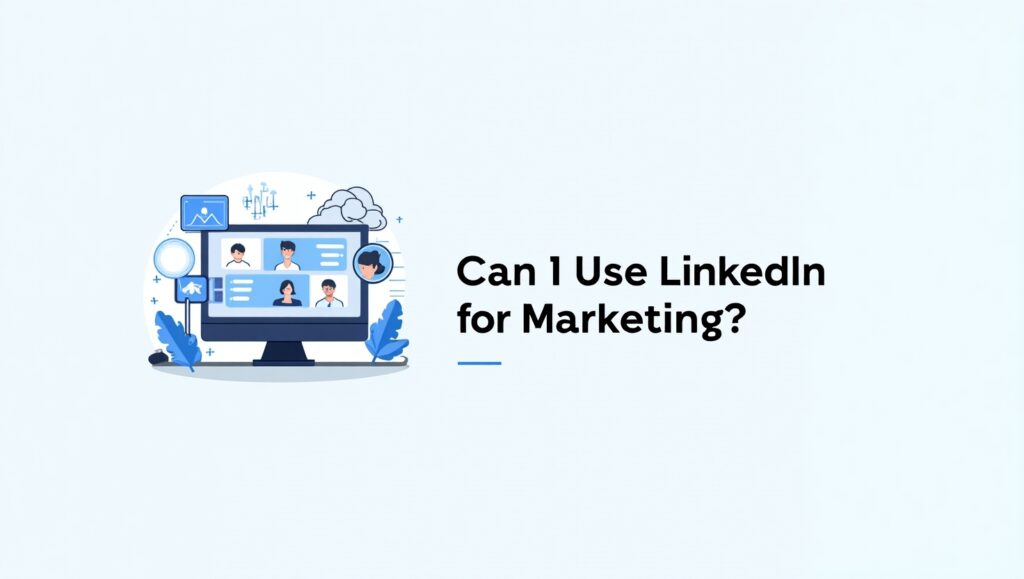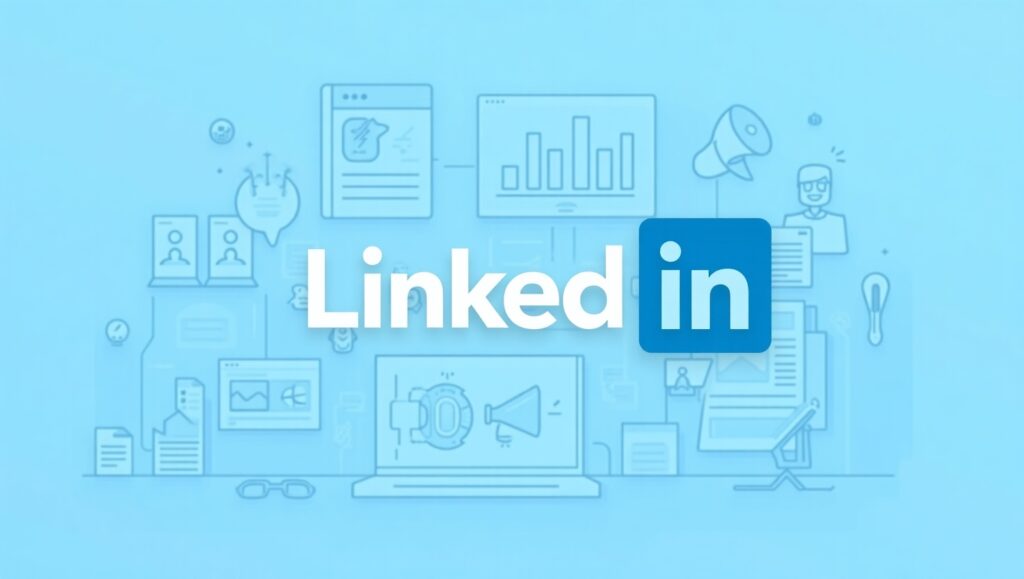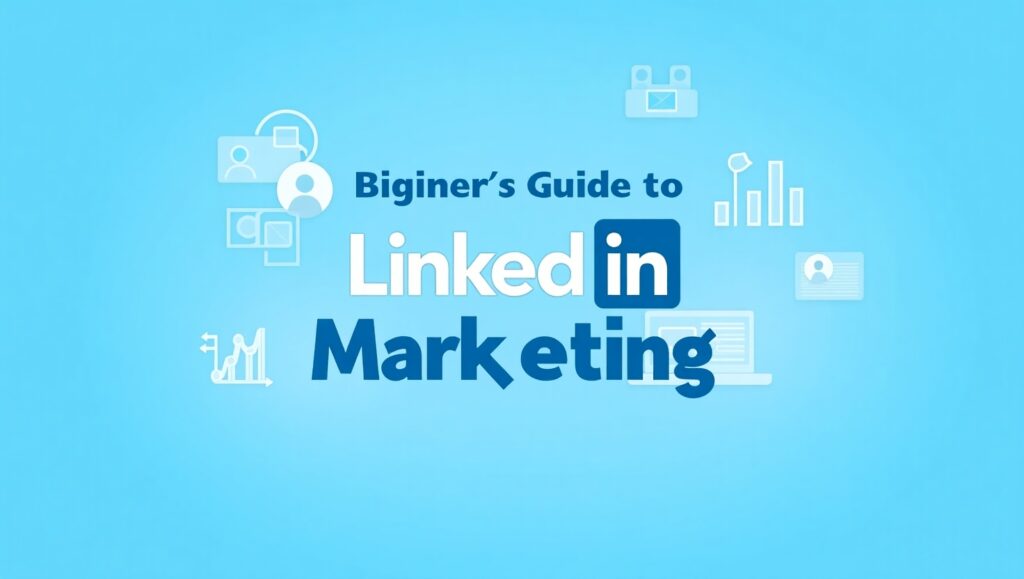Can I Use LinkedIn for Marketing?
Social media is an important component of every business’s marketing in the constantly changing world of digital marketing. Facebook, Instagram, and X (again, formerly Twitter) are platforms that are most commonly discussed in terms of brand awareness and lead generation; however, LinkedIn has slowly evolved into a great, and in many cases underutilized, marketing platform. So, can you market on LinkedIn? Yes you can. In many cases, LinkedIn might be the ideal venue for you, particularly when it comes to business-to-business transactions. This writing will discuss how and why LinkedIn works as a marketing tool, who should use it, and strategies that can help you get started. Why LinkedIn is Different from Other Social Platforms LinkedIn is much different from other social media platforms because it was built from the ground up for professionals. With over 1 billion users worldwide, there is content, networking, and business communication. LinkedIn provides access to the tool to help you get in front of decision-makers, C-suite executives, industry leaders, and professionals in your niche. Key differences that make LinkedIn a powerful marketing outlet: Who Should Use LinkedIn for Marketing? Anyone who wants to create a professional brand or has a desire to grow a business can take advantage of LinkedIn marketing. It especially applies to: Even B2C businesses that are targeting working professionals, like the ones selling financial products, professional development and productivity are great for LinkedIn’s targeted and unique ad products. How You Can Use LinkedIn for Marketing Whether you are an individual or a company, LinkedIn offers several means of promoting your brand and generating leads. If you’re just starting out, this section serves as a Guide to LinkedIn Marketing, outlining the essential techniques to make the platform work effectively for your marketing goals. 1. Optimize Your Profile or Company Page Prior to any marketing action, ensure your LinkedIn profile (or business page) is absolutely optimized: 2. Develop and Post Valuable Content The foundation of LinkedIn marketing is content marketing. Post applicable, high-quality content that resonates with your target market. This might include: Consistency is key. Posting 2–4 times a week can greatly enhance your reach and engagement. 3. Build and Nurture a Network LinkedIn is a networking site — don’t connect randomly. Prioritize connecting with: After connecting, send a custom message. Don’t hard-sell initially; establish rapport, connect with their content, and provide value. 4. Utilize LinkedIn Groups LinkedIn Groups are groups based on a certain topic or industry. Being part of relevant groups enables you to: This is a gentle yet effective means of developing brand awareness without paid advertising. 5. Take advantage of LinkedIn Ads LinkedIn Ads provide accurate targeting on: Binge-favorite ad types are: Even more costly than Meta Ads, LinkedIn Ads provide better-quality leads, especially for B2B campaigns. 6. Publish Long-Form Content and Newsletters You can publish long-form articles on the platform directly through LinkedIn. This puts you (or your brand) in a position of thought leadership. More recently, LinkedIn also launched Newsletters — a feature that enables your followers and connections to subscribe to your updates and get them directly via email. In the long run, this is a fantastic method to build a devoted following. 7. Monitor Analytics and Enhance LinkedIn provides statistics capabilities for individual profiles as well as company pages. Monitor the following metrics: Employ these findings to determine what kind of content works best and tailor your strategy as a result. Common Mistakes to Avoid As you market on LinkedIn, avoid these common mistakes: Conclusions So, is it possible to market on LinkedIn? Absolutely. Whether you’re a freelancer searching for new customers, a start-up seeking investors, or a business attempting to create B2B leads, LinkedIn offers a targeted, business-like space to achieve your marketing goals. If you can maximize your presence, post value-added content, network with purpose, and utilize the platform’s numerous features, not only can LinkedIn be a successful lead generation system, it could be among the strongest weapons in your marketing toolbox.




